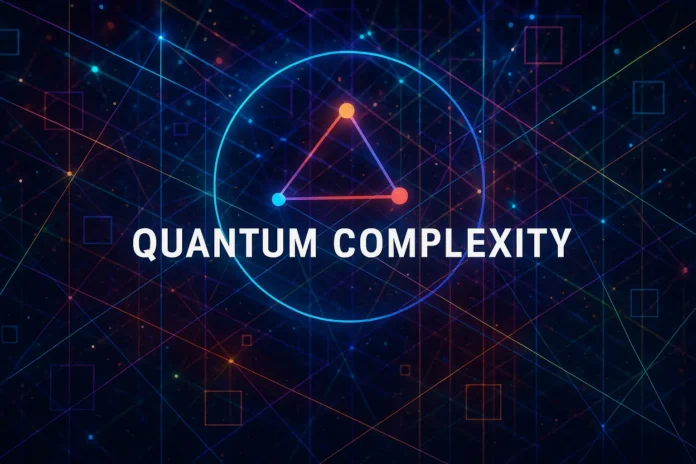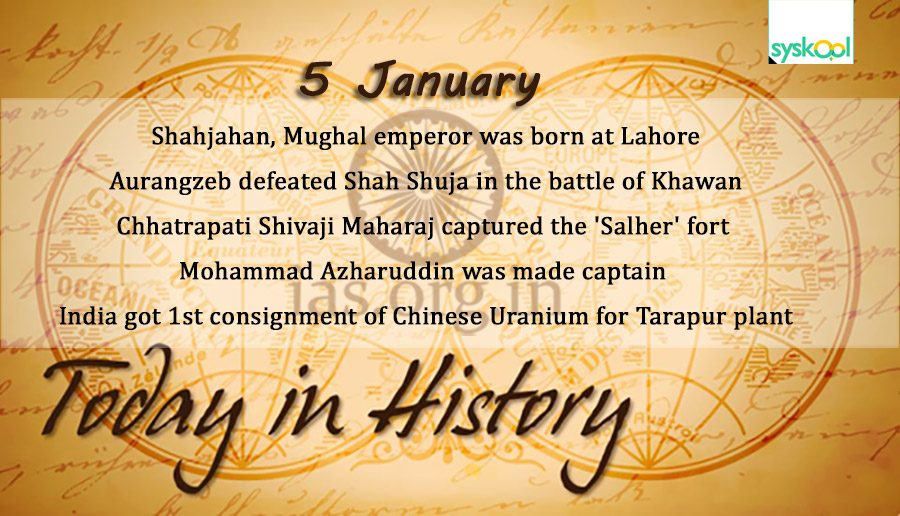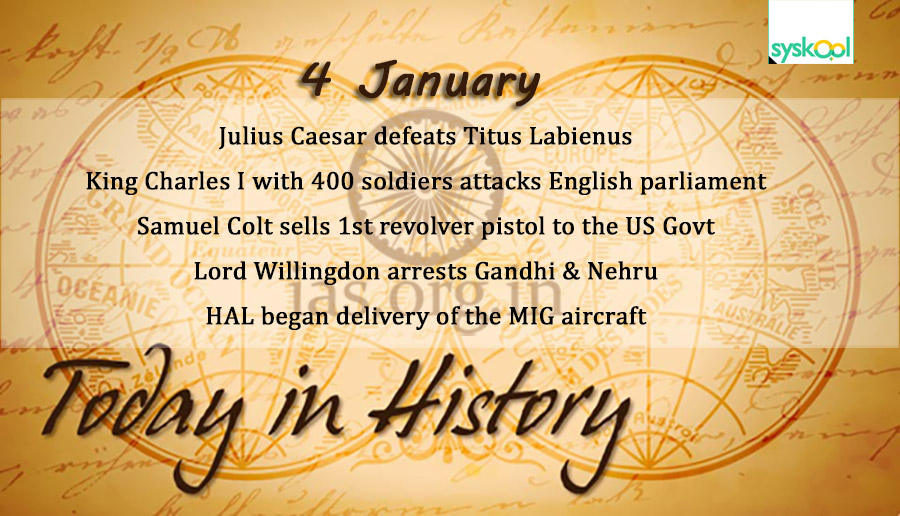Table of Contents
- Introduction
- What Is Quantum Advantage?
- Historical Milestones in Demonstrating Quantum Advantage
- Circuit-Based Quantum Supremacy
- Sampling Problems and Quantum Speedups
- Query Complexity Separations
- Communication Complexity Gaps
- Oracle Separations and Limitations
- Fine-Grained Quantum Speedups
- Quantum Advantage in Optimization
- Quantum Advantage in Machine Learning
- Simulation of Quantum Systems
- Hybrid Quantum-Classical Advantage
- Limitations of Demonstrated Quantum Advantage
- Bounded-Error and Approximate Regimes
- Noise and Decoherence Effects
- Skepticism and Debate in the Scientific Community
- Beyond Worst-Case Advantage
- Future Tests for Scalable Quantum Advantage
- Conclusion
1. Introduction
Quantum advantage refers to the ability of a quantum device to perform a computational task significantly faster or more efficiently than any known classical algorithm. It marks a key milestone in quantum computing, distinguishing it from classical approaches in theory and practice.
2. What Is Quantum Advantage?
Quantum advantage (also called quantum supremacy in early literature) occurs when a quantum system can solve a problem that classical computers cannot do efficiently. This could be in terms of time, queries, space, or error tolerance.
3. Historical Milestones in Demonstrating Quantum Advantage
Notable moments include:
- Shor’s algorithm (1994) for factoring integers in polynomial time
- Grover’s search algorithm (1996) with quadratic speedup
- Google’s Sycamore experiment (2019), performing a sampling task faster than supercomputers
4. Circuit-Based Quantum Supremacy
Random circuit sampling is a class of problems used to demonstrate quantum advantage in real hardware. In Google’s Sycamore experiment, a 53-qubit device sampled distributions in seconds that would take days for a classical supercomputer.
5. Sampling Problems and Quantum Speedups
Quantum advantage often focuses on sampling problems such as BosonSampling (photons), IQP circuits, and random quantum walks. These problems are hard to simulate classically, making them ideal for testing quantum speedups.
6. Query Complexity Separations
Quantum algorithms often exhibit lower query complexity than classical ones. For instance:
- Grover’s algorithm: O(√N) vs classical O(N)
- Deutsch-Jozsa: 1 quantum query vs Ω(N) classical
These separations show the raw computational edge of quantum models.
7. Communication Complexity Gaps
In distributed models, quantum communication can reduce the number of exchanged bits. Examples include quantum fingerprinting and exponential gaps in problems like Equality or Disjointness under quantum protocols.
8. Oracle Separations and Limitations
Oracle results show that quantum complexity classes (e.g., BQP) can be separated from classical ones relative to certain black-box oracles. However, these separations don’t always imply real-world advantage without unrelativized results.
9. Fine-Grained Quantum Speedups
Beyond asymptotic speedups, some algorithms offer constant-factor or logarithmic improvements over classical counterparts in tightly constrained settings. These are particularly important for near-term quantum devices.
10. Quantum Advantage in Optimization
Quantum annealing, variational quantum algorithms, and quantum-inspired heuristics are applied to combinatorial optimization (e.g., SAT, MaxCut). While quantum advantage is still debated, speedups are often observed empirically.
11. Quantum Advantage in Machine Learning
Quantum machine learning explores problems where quantum models (e.g., quantum SVMs, kernel methods) show better runtime, model size, or sample complexity than classical analogs—often under assumptions about access to quantum data.
12. Simulation of Quantum Systems
Simulating quantum dynamics, chemistry, or materials science is a leading area for quantum advantage. Classical simulations scale exponentially, while quantum systems can simulate naturally with polynomial resources.
13. Hybrid Quantum-Classical Advantage
Hybrid models (e.g., VQE, QAOA) combine quantum state preparation with classical optimization. Partial quantum advantage is expected in problems where small quantum subroutines reduce total complexity.
14. Limitations of Demonstrated Quantum Advantage
Current quantum advantage demonstrations:
- Are typically for contrived or narrow tasks
- Rely on idealized hardware or noise assumptions
- Are not (yet) useful for solving general-purpose problems
15. Bounded-Error and Approximate Regimes
Quantum advantage depends on error models. In bounded-error or approximate regimes, the advantage may diminish if classical approximations are efficient or quantum noise dominates.
16. Noise and Decoherence Effects
Quantum devices are sensitive to environmental noise, gate infidelity, and decoherence. Real-world performance often lags behind theoretical predictions, constraining advantage in practice.
17. Skepticism and Debate in the Scientific Community
Some researchers argue that classical algorithms are underestimated or that experimental evidence is insufficient. Others point to the need for problems with practical utility rather than synthetic benchmarks.
18. Beyond Worst-Case Advantage
Worst-case hardness may not guarantee advantage on average-case or practical inputs. Developing average-case analyses is crucial to proving useful advantage in realistic domains.
19. Future Tests for Scalable Quantum Advantage
Key benchmarks for future advantage include:
- Factoring large integers (Shor)
- Linear system solving (HHL)
- Simulating strongly correlated systems
- Large-scale quantum search and graph algorithms
20. Conclusion
Quantum advantage is a fundamental goal of quantum computing, representing a clear separation from classical approaches. While impressive demonstrations exist, practical and scalable advantage remains an open challenge, requiring advances in algorithms, hardware, and theory.




